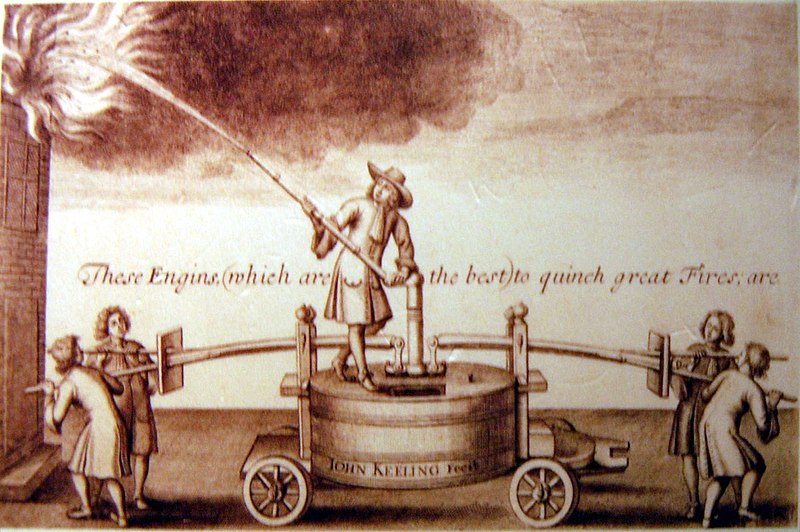Would it be cost effective to have standpipes and fire-fighting hose stations located in grain elevators where fire service aerial trucks cannot reach? NFPA 14. Standard for the Installation of Standpipe and Hose Systems.
"It was a very difficult fire to fight." said Sedgwick County Deputy Fire Marshal Clint Reed. "The top of the bins were 120 feet in the air so we had to use aerial devices and then hoist hose the rest of the way up with rope."Example with diagram of a grain elevator.
" Logistical nightmare" KSN News TV Video "One man with potentially serious injuries was hospitalized at the burn unit of Via Christi Hospital'. Hats off and a salute to the hard working fire-fighting teams of the Sedgwick County and the Wichita Fire Departments in responding to this incident.
NFPA 61 2013 Edition Important new revision in Chapter 12 regarding standpipes.Chapter 12 Building Fire Protection.
"12.4.2 Wet or dry standpipes shall be provided to all operating areas of head houses, processing structures with operating areas, and grain bin galleries located 15 meter (50ft) above grade. "
Berthold Farmers Elevator Fire in Carpio, ND: Tactical Height Problems (October 2012) "The problems that fire crews faced was getting water to the top of the elevator to try and extinguish the flames. In the end, all that could be done was to watch and wait." "One of the initial difficulties was simply getting up to the fire. ."
"They finally managed to get a crane on site Tuesday to get some hoses up to the top and put water on the fire. Without the crane, Kalvin Myers, chief of the Carpio Fire Department, said there was no way to get hoses up to the top. "It gets a lot of weight in that hose to carry it up that far - 160 feet," Myers said."Grain Elevator Fire, Mt Joy, PA Oct 07, 2011
"Paul Paulsen, Mount Joy Fire Company assistant chief said the height of the building and the multiple floors posed challenges to the crews inside as they lugged ladders, axes, hoses and other equipment up the stairwells to battle the blaze."
Now that's what I'm talking about! Renfrew Fire Departments 75' aerial ladder truck is busy at the scene of a fire at Box Grain Elevators Renfrew, Ontario, Canada (Dec 22, 2011)
McClusky Grain Elevator Burns Down McClusky, ND (8/4/2010)
"Our department doesn`t have any equipment to fight fire when it`s up that high. Neighboring departments have cannons on there, come in and get the top and knock down the fire," explained McClusky Fire Chief Wayne Dockter.
Modern Transport Winona, MN Bucket Elevator Fire (December 18, 2009)
"To douse the flames, firefighter Duane Chadbourn was hoisted from a ladder truck 105 feet in the air. The ladder was fully extended, Assistant Winona Fire Chief Jim Multhaup said."
Back in the day...Aerial Ladder, Calgary Fire Department (1906 or after)
Maybe an alternate solution to standpipes would be?:
"the cask and pail installation is sometimes classed as the Miller's greatest protection against fire, and nearly all mills have them on the whole, they are well maintained."
For example,
"barrels of water to be distributed throughout the plant at intervals of about 50 feet supplemented by non freezing fire extinguishers to reach high places, such as elevator head, shafting, tighteners, idlers, etc., where a pail of water cannot be thrown with any degree of accuracy when especially in high ceilings"
Hazards of Grain Elevators by G. W. Cloidt, H. B. Maguire, C. H. Roberts , Armour Institute of Technology (1917)
Interesting viewpoint where closely after the turn of the 20th Century observation. "Practically, standpipe systems in grain elevators are nearly useless. No doubt they look protective and some millers favor them but, even when properly installed and maintained, they are of little value. The standpipe in grain elevators is an indirect method i, e., one man cannot handle the system alone, because the standpipes themselves due to low temperature, must be dry, with valves, mains or pumps in the boiler room etc."
"In this condition, the standpipe system is being set into operative condition, the fire is gaining headway so as to drive out the man or man about to hold hose. The hose is usually neglected and liable to burst as soon as pressure is applied. They usually require more than one man for the play pipe work and, employees seldom risk their lives to save the property in this manner."











 RSS Feed Subscribe
RSS Feed Subscribe
No comments:
Post a Comment